Electric Bicycle Riding: Learning Different Riding Techniques - Varun Electric Bikes

Electric Bicycle Riding: Learning Different Riding Techniques - Varun Electric Bikes
Introduction:
In recent years, electric bicycles have rapidly gained popularity, offering riders a whole new realm of possibilities. Unlike traditional bicycles that rely solely on your own power, electric bikes feature a small electric motor and a rechargeable battery, providing a boost with the press of a button. This opens up cycling opportunities to more people while offering experienced riders enhanced control and speed. However, transitioning to electric riding means adopting some new techniques to get the most enjoyment and safety out of your electric bike. Here are some key skills to master.
Pedaling Technique:
First and foremost is good pedaling action. Even if you're on an electric bike, pedaling is a necessary skill for times when your battery runs low or you simply want to cruise around freely. Lower your center of gravity, and exert consistent force with both feet on the pedals to maintain balance and propel the bike forward. From there, ride as you would on a regular bicycle, pedaling with each foot to maintain a steady power delivery. Practicing pedaling enhances your sense of balance, strength, and weight transfer for controlling the speed. It's a perfect way to squeeze out extra mileage or enjoy a relaxed cruise.
Cruising Technique:
However, nothing beats the magic feeling of cruising mode. The motor continuously provides power, effortlessly propelling you forward without any effort. To achieve ultra-stable cruising, first bend your knees to have a sporty riding posture while firmly controlling the electric bike. Start at a slower speed and feel how your weight distribution affects acceleration and turns. Leaning forward can speed up, while gently pulling the brakes can slow down. Slight left and right movements allow for smooth turns. Adjusting your cruising posture lets you ride effortlessly while maintaining full control.
Turning Techniques:
Making smooth turns is a fundamental skill for riding on city streets and more technical routes. The most effective turning technique involves leaning your entire body in the direction of the turn. Lean slightly to the right for right turns and to the left for left turns. Be mindful of controlling the speed, as high speeds can cause falls during turns. So, reduce your speed beforehand to have tight control. Fully leaning your body without keeping your knees bent is a mistake that can lead to a fall. Another error to avoid is countersteering or momentarily steering the bike in the opposite direction of the turn, which can result in a loss of traction. Practice gradually reducing the radius in open spaces until it becomes second nature to rotate at any speed. You can also try switching stances for turning. With repetition, the handling of the electric bike becomes instinctive in any type of turning scenario. Progressive carving techniques truly unleash the joy of agile cruising.
Uphill and Downhill Riding:
Mastering more riding techniques expands the terrain possibilities of an electric bike. Climbing steep slopes requires lowering your center of gravity as much as possible while maintaining a consistent throttle. Gentle acceleration prevents wheel spin, and descending should be done slowly once you reach the top. For downhill riding, reducing speed helps maintain balance and reduces braking distance. Adjusting between braking and coasting ensures that power doesn't disappear from your side. Modulating the motor speed and maintaining balance aids in safely navigating bumpy descents. When faced with extremely steep drops, it may be wiser to dismount and walk, depending on your experience and riding abilities. For challenging inclines, you can also pedal along with the motor for assistance. Loose gravel roads require extra caution with braking and turning to maximize traction. By practicing and gauging different slopes and conditions, you can confidently tackle uphill and downhill riding on various terrains.
Advanced Moves:
Electric bikes provide riders with excellent opportunities to express their creativity and perform cool tricks. Possibilities range from basic slides (drifting the board sideways while moving forward) to fancy dance moves (jumping and spinning on the bike). Of course, before attempting anything crazy, you need to have a solid grasp of regular riding skills. Protective gear is a must for jumping and aerial tricks. When learning new tricks, break them down step by step in a safe location without distractions. Focus on control rather than speed until the moves come together smoothly. Filming your practice sessions can help you check your posture and make adjustments. With patience and an open mindset, electric bikes open up a way to truly express your personality while in motion. Varun Electric Bikes will become an extension of yourself.
Conclusion:
Whether someone's interest lies in leisurely cruising or progressive stunt work, regular practice of electric bike riding ensures continuous improvement. By prioritizing safety through proper protective gear and maintaining an emphasis on safety, riders of any experience level can further develop their skills and confidence on electric bikes. When using electric bikes as a medium of creative passion, a tremendous sense of flow and freedom can be unlocked. With a continual commitment, riders can constantly elevate their abilities and proudly look back on how far their skills have progressed.
Important:
For beginners, it's especially crucial to maintain low and steady speeds. You need to continuously use your electric bike for commuting or exploring until you become proficient at it. Your electric bike will play a significant role in your short to medium-distance transportation and can save you a considerable amount of fuel expenses.
Introduction:
In recent years, electric bicycles have rapidly gained popularity, offering riders a whole new realm of possibilities. Unlike traditional bicycles that rely solely on your own power, electric bikes feature a small electric motor and a rechargeable battery, providing a boost with the press of a button. This opens up cycling opportunities to more people while offering experienced riders enhanced control and speed. However, transitioning to electric riding means adopting some new techniques to get the most enjoyment and safety out of your electric bike. Here are some key skills to master.
Pedaling Technique:
First and foremost is good pedaling action. Even if you're on an electric bike, pedaling is a necessary skill for times when your battery runs low or you simply want to cruise around freely. Lower your center of gravity, and exert consistent force with both feet on the pedals to maintain balance and propel the bike forward. From there, ride as you would on a regular bicycle, pedaling with each foot to maintain a steady power delivery. Practicing pedaling enhances your sense of balance, strength, and weight transfer for controlling the speed. It's a perfect way to squeeze out extra mileage or enjoy a relaxed cruise.
Cruising Technique:
However, nothing beats the magic feeling of cruising mode. The motor continuously provides power, effortlessly propelling you forward without any effort. To achieve ultra-stable cruising, first bend your knees to have a sporty riding posture while firmly controlling the electric bike. Start at a slower speed and feel how your weight distribution affects acceleration and turns. Leaning forward can speed up, while gently pulling the brakes can slow down. Slight left and right movements allow for smooth turns. Adjusting your cruising posture lets you ride effortlessly while maintaining full control.
Turning Techniques:
Making smooth turns is a fundamental skill for riding on city streets and more technical routes. The most effective turning technique involves leaning your entire body in the direction of the turn. Lean slightly to the right for right turns and to the left for left turns. Be mindful of controlling the speed, as high speeds can cause falls during turns. So, reduce your speed beforehand to have tight control. Fully leaning your body without keeping your knees bent is a mistake that can lead to a fall. Another error to avoid is countersteering or momentarily steering the bike in the opposite direction of the turn, which can result in a loss of traction. Practice gradually reducing the radius in open spaces until it becomes second nature to rotate at any speed. You can also try switching stances for turning. With repetition, the handling of the electric bike becomes instinctive in any type of turning scenario. Progressive carving techniques truly unleash the joy of agile cruising.
Uphill and Downhill Riding:
Mastering more riding techniques expands the terrain possibilities of an electric bike. Climbing steep slopes requires lowering your center of gravity as much as possible while maintaining a consistent throttle. Gentle acceleration prevents wheel spin, and descending should be done slowly once you reach the top. For downhill riding, reducing speed helps maintain balance and reduces braking distance. Adjusting between braking and coasting ensures that power doesn't disappear from your side. Modulating the motor speed and maintaining balance aids in safely navigating bumpy descents. When faced with extremely steep drops, it may be wiser to dismount and walk, depending on your experience and riding abilities. For challenging inclines, you can also pedal along with the motor for assistance. Loose gravel roads require extra caution with braking and turning to maximize traction. By practicing and gauging different slopes and conditions, you can confidently tackle uphill and downhill riding on various terrains.
Advanced Moves:
Electric bikes provide riders with excellent opportunities to express their creativity and perform cool tricks. Possibilities range from basic slides (drifting the board sideways while moving forward) to fancy dance moves (jumping and spinning on the bike). Of course, before attempting anything crazy, you need to have a solid grasp of regular riding skills. Protective gear is a must for jumping and aerial tricks. When learning new tricks, break them down step by step in a safe location without distractions. Focus on control rather than speed until the moves come together smoothly. Filming your practice sessions can help you check your posture and make adjustments. With patience and an open mindset, electric bikes open up a way to truly express your personality while in motion. Varun Electric Bikes will become an extension of yourself.
Conclusion:
Whether someone's interest lies in leisurely cruising or progressive stunt work, regular practice of electric bike riding ensures continuous improvement. By prioritizing safety through proper protective gear and maintaining an emphasis on safety, riders of any experience level can further develop their skills and confidence on electric bikes. When using electric bikes as a medium of creative passion, a tremendous sense of flow and freedom can be unlocked. With a continual commitment, riders can constantly elevate their abilities and proudly look back on how far their skills have progressed.
Important:
For beginners, it's especially crucial to maintain low and steady speeds. You need to continuously use your electric bike for commuting or exploring until you become proficient at it. Your electric bike will play a significant role in your short to medium-distance transportation and can save you a considerable amount of fuel expenses.


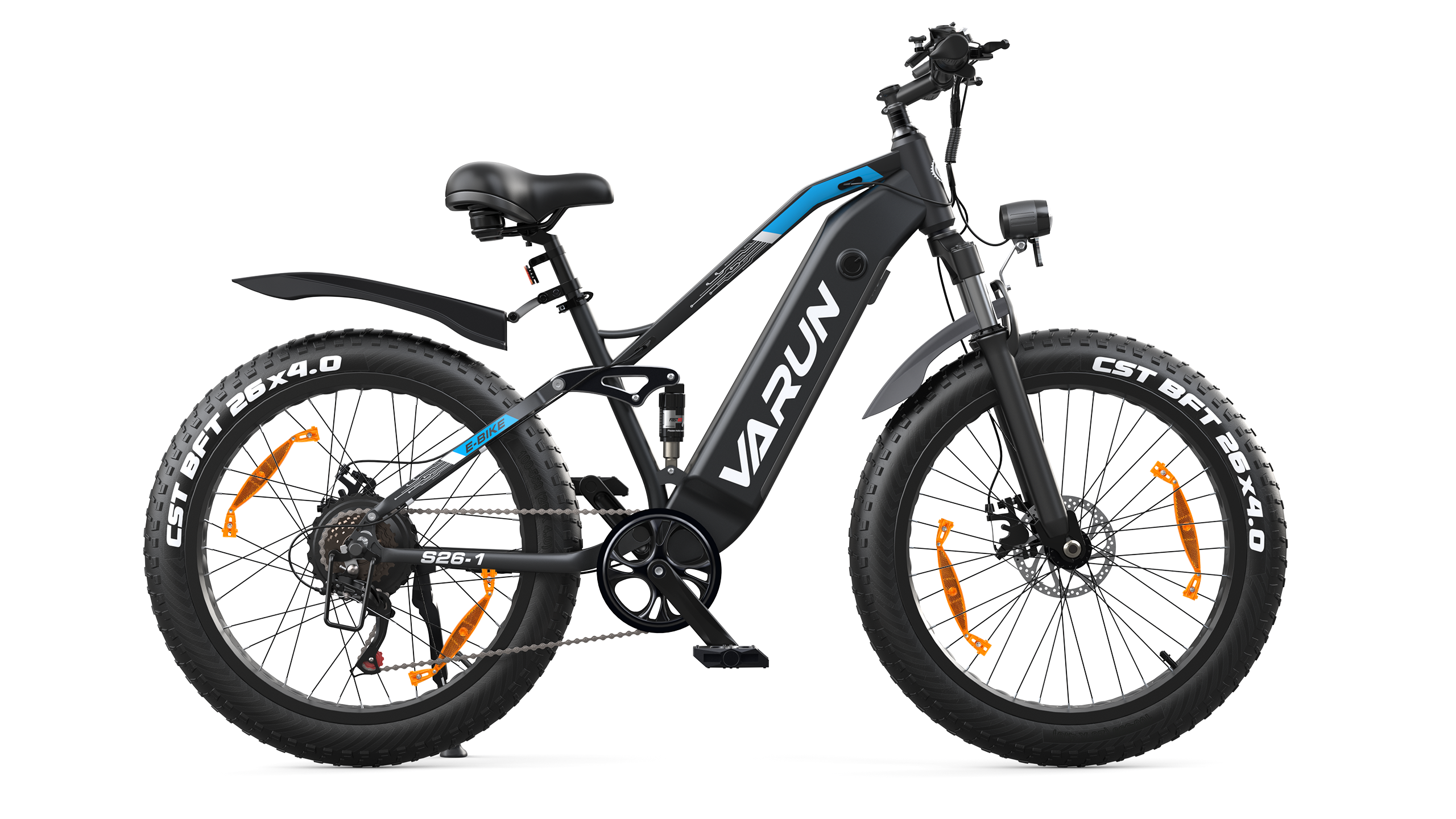
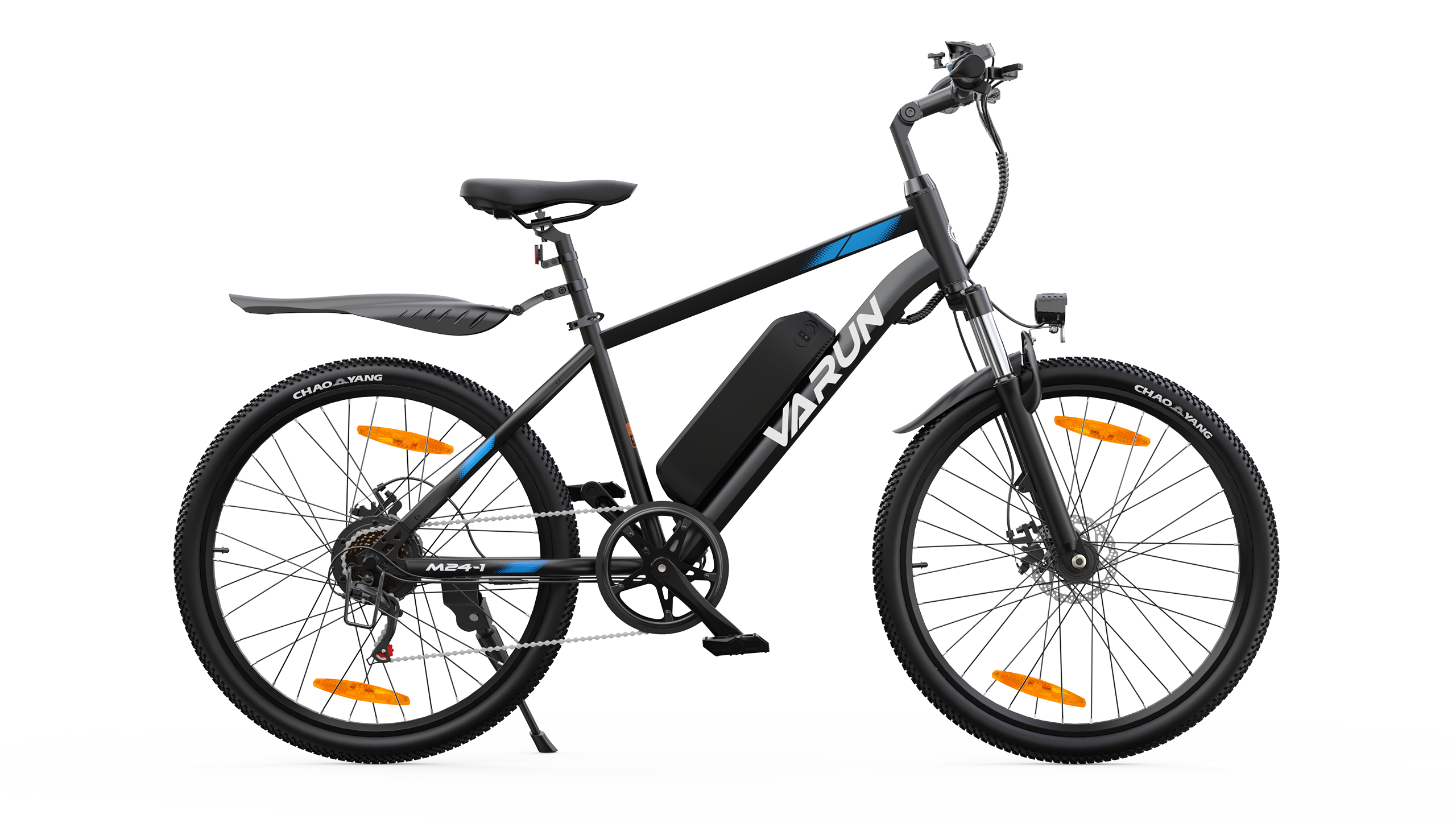
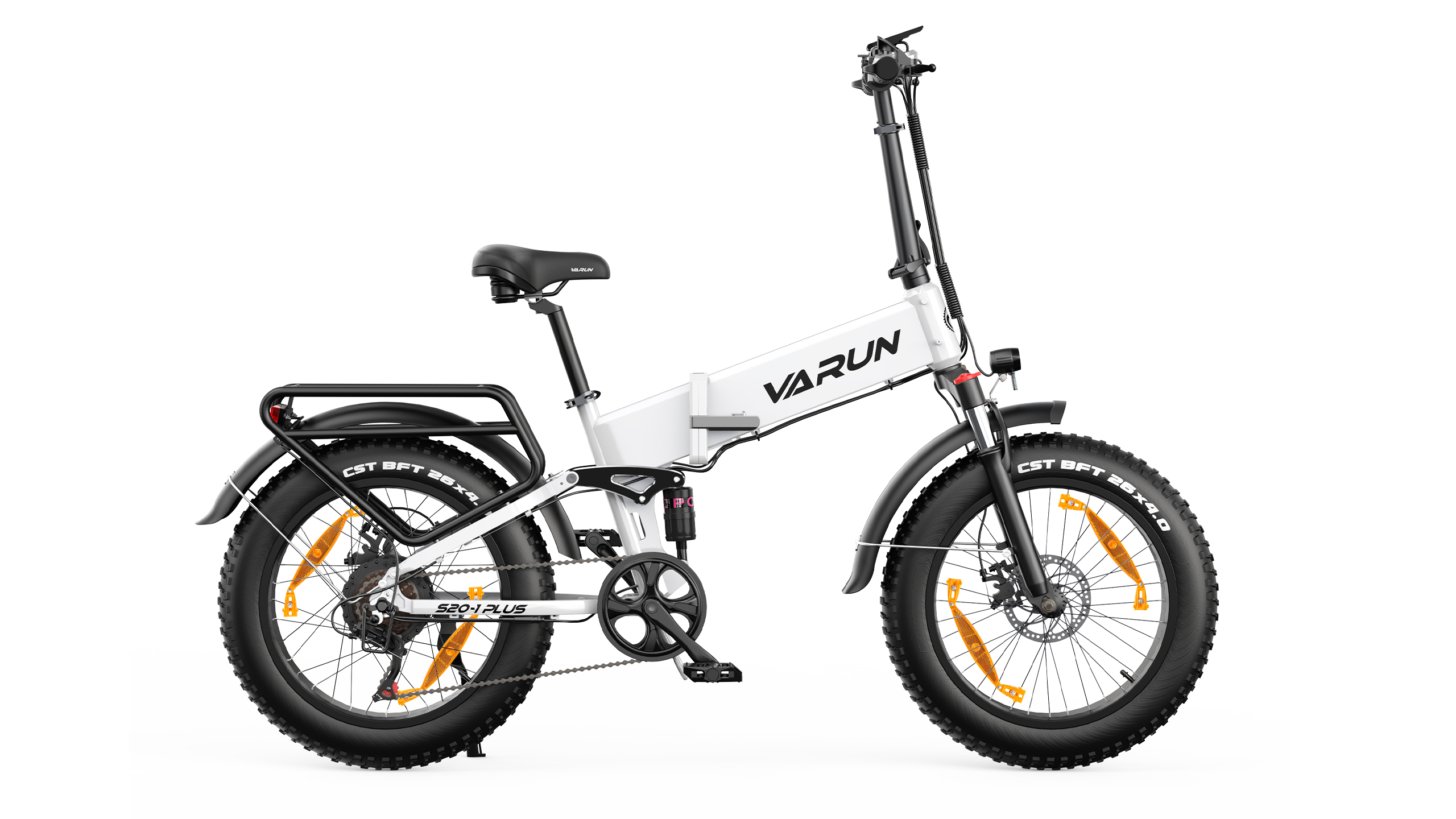



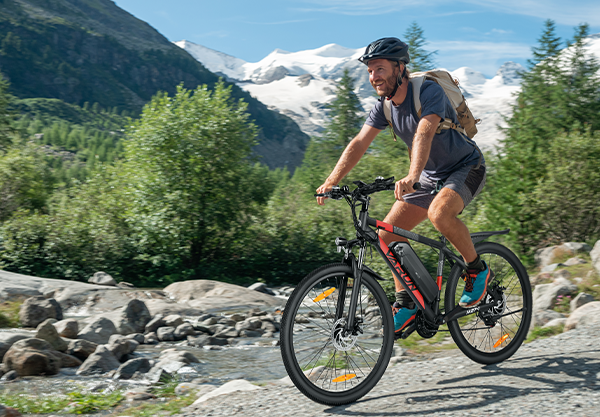
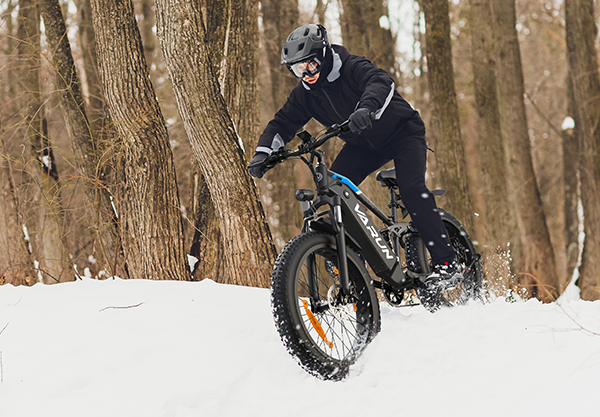
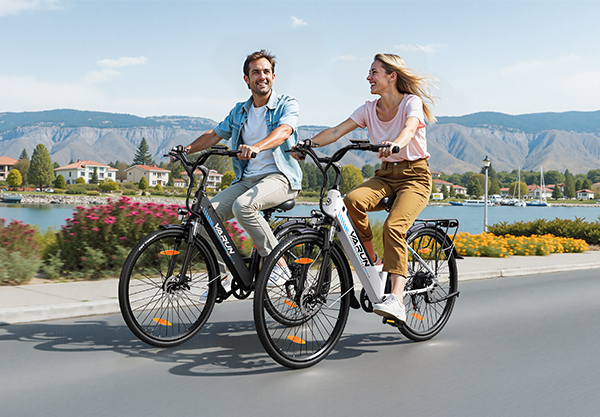
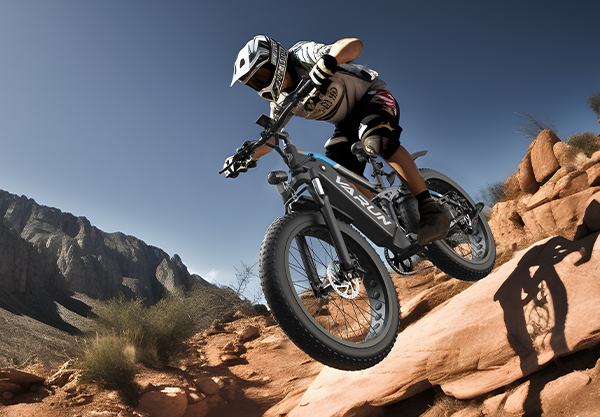
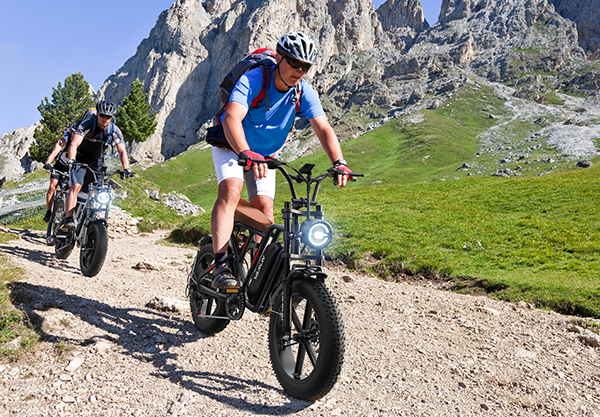

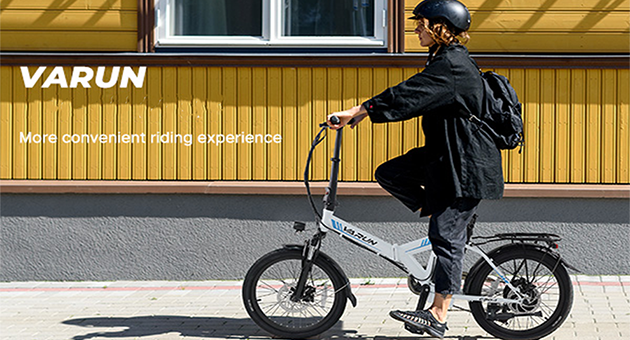
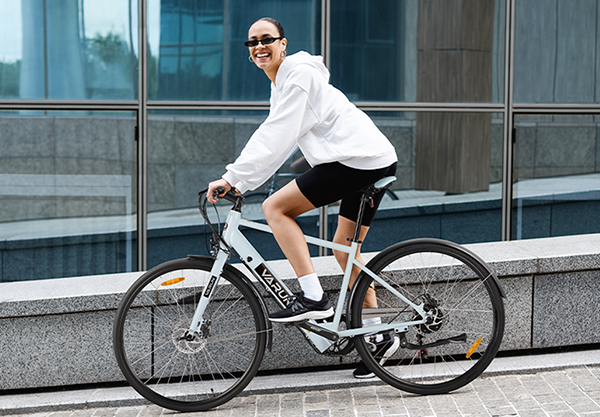
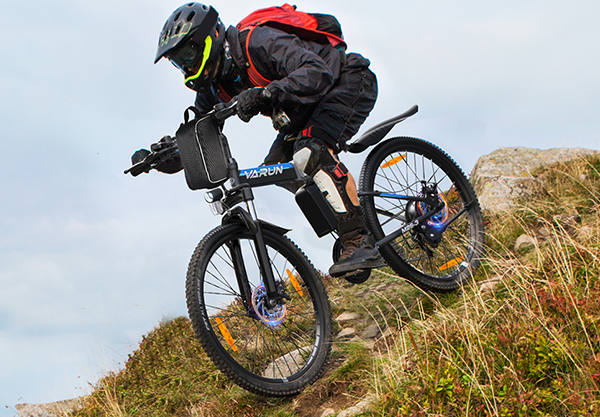
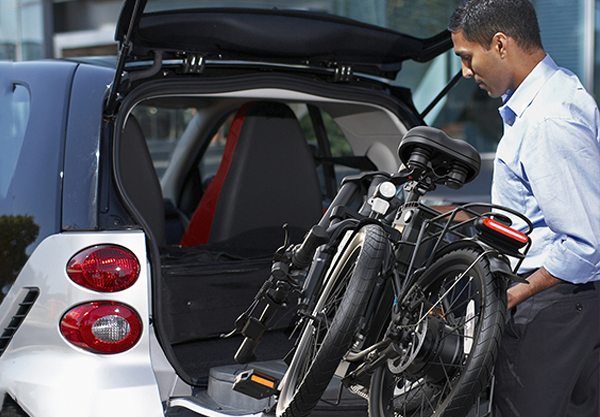


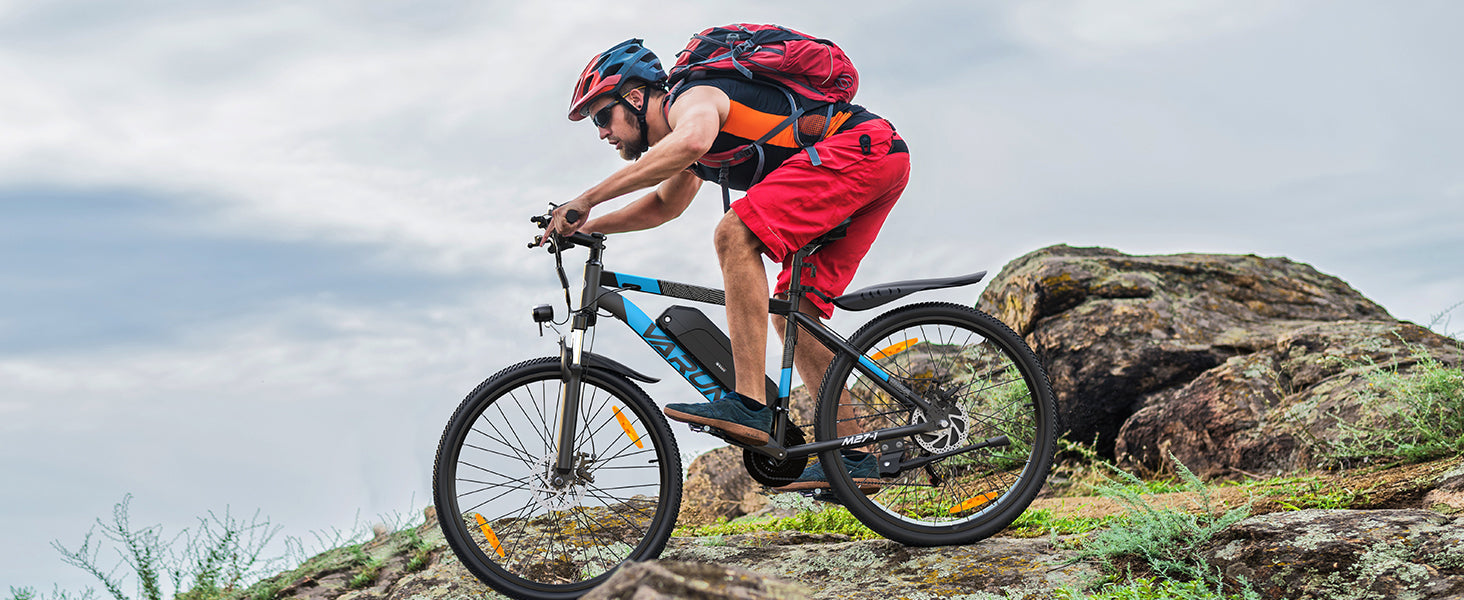




Mein Varun Bike wenn ich mit denn Drehgriff anfahren nur 15 km/h. Lt. Beschreibung
25 km/h+-10% was kann ich ändern?
Leave a comment